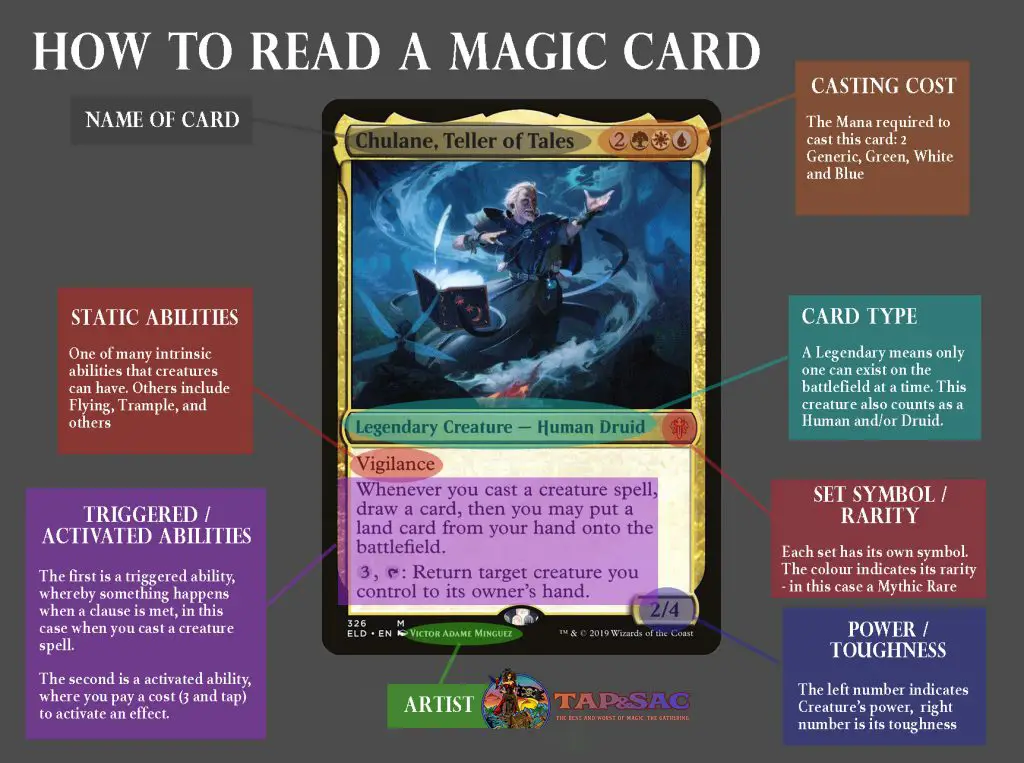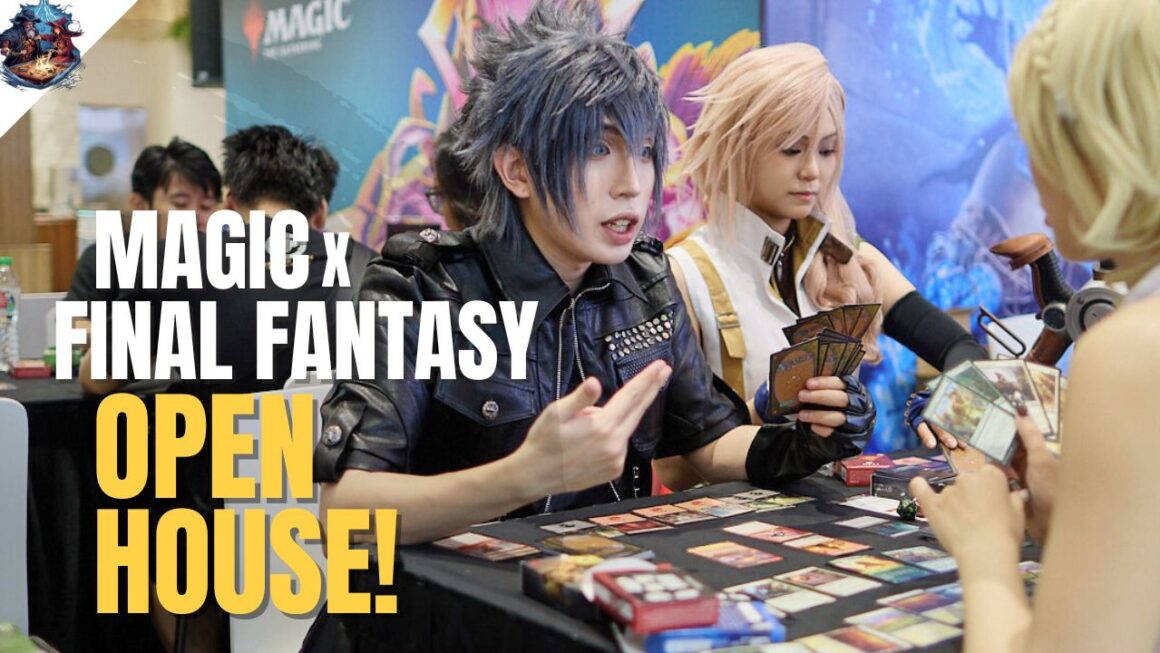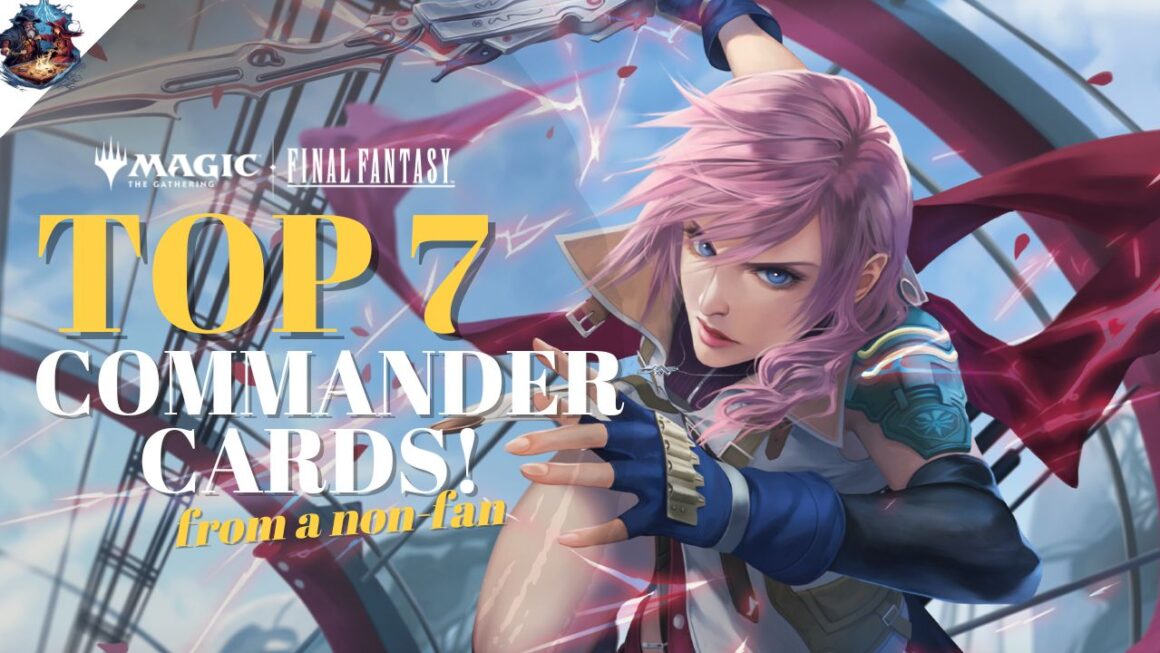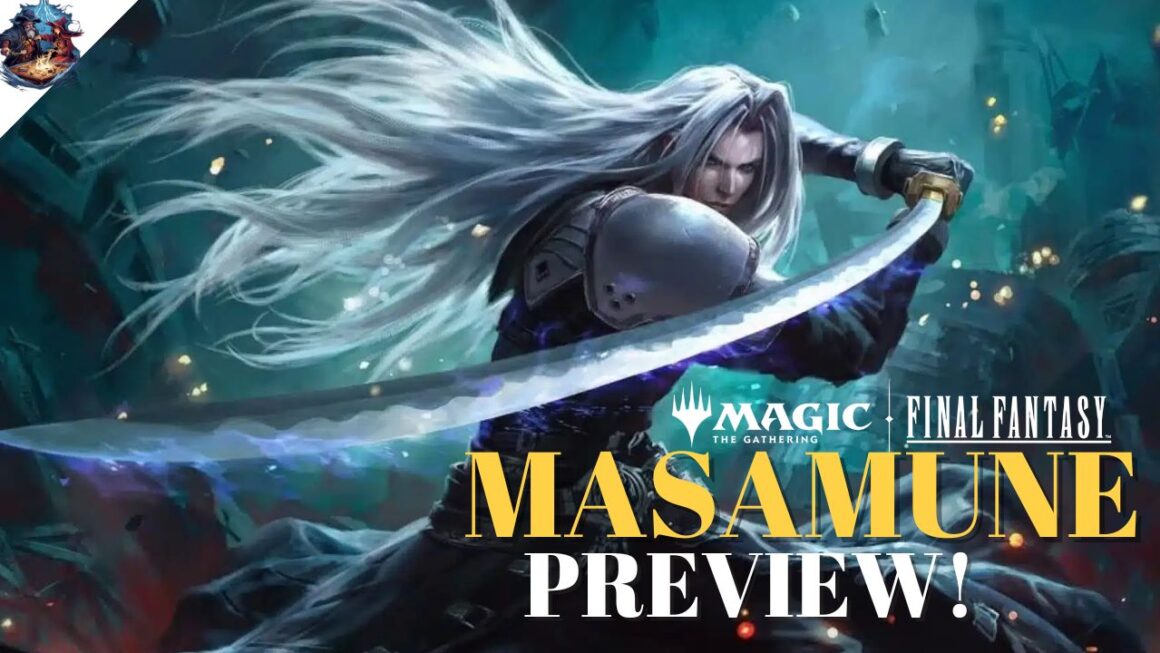Starting a new game is always tough – everything looks foreign and unnatural. We’re here to teach the basics of Magic: the Gathering, and hopefully it will help you get into this beautiful game. To start any game, first you know how to read cards, and understand what they’re saying.

Read Card Abilities
These come in a few forms: static, triggered or activated abilities. Static abilities are passive and always in effect, unless another card cancels/alters them. The most common static abilities have been around in Magic since its inception:
Static Abilities
Flying: an evasive ability. Only flying creatures can block other flying creatures.
First Strike: the ability to deal its damage first before the enemy creature.
Trample: Excess power damage above and beyond the enemy creature’s toughness is ‘trampled’ over to the player/Planeswalker.
Menace: this creature can only be blocked by 2 or more creatures.
Vigilance: Attacking does not cause the creature to “tap.”
Haste: The creature can attack or “tap” the same turn it enters play. In the past this used to be called “Summoning Sickness.”
Hexproof: It cannot be targeted by opponent’s spells or abilities
Over close to 3 decades of Magic history, there have been dozens, if not hundreds, of new abilities. Listing them out here would just scare you. Some have only existed within their release sets, while others like those above are more common.
Triggered / Activated Abilities
In contrast to static abilities, triggered and activated abilities require something else to happen before they come into effect.
In the example of Chulane, Teller of Tales, his triggered ability occurs when you cast a creature spell. The casting event triggers an effect whereby you draw a card and put a land on the battlefield.
Likewise, Chulane also has an activated ability, recognized by the colon (:) in the text. You can pay 3 generic mana, and tap Chulane to return your creature from the battlefield to your hand.
Read Cards’ Mana Value/Casting Cost
This essentially tells you how much mana is needed to cast this card. The coloured symbols represent the 5 colours of the game: White, Blue, Black, Red and Green.

The grey number indicates how much colourless mana is needed, meaning any colour can be used. If there is an “X” instead of a number, you can pay any amount of mana to represent “X.”
For Chulane, Teller of Tales, his casting cost is 2 Generic, Green, White and Blue, and his “Converted Mana Cost” is 5. In 2021, the term Converted Mana Cost was officially changed to Mana Value, in the hope that it would be less confusing. You might still see CMC being referred to in some articles – just remember that this also refers to Mana Value
Read Cards’ Power / Toughness
Combat is one of the most important and common basics of any game, and Magic is no different. When you read cards, especially if it’s a Creature, Power and Toughness is important to note. The concept is simple: Power is the creature’s strength and attack, while Toughness is its health.
When Creatures enter combat, most often your Creature will deal its power to your opponent’s Creature’s toughness, and vice versa. Some cards change this dynamic but read the text carefully and it will explain the difference.
Card Type Basics
Card types are also important to grasp right away, because there are many different types in Magic. Chulane, Teller of Tales is a Creature first and foremost. However, he is also classified as a Human and/or a Druid, which means any cards that affect those classes will affect him. Additionally, he is Legendary, meaning only one of him can be on the battlefield at any time.
There are many other card types other than Creatures, including but not limited to Enchantments, Artifacts, and Planeswalkers. We will be creating a separate page dedicated to card types soon.
Now that you’ve learned how to read cards in Magic, it’s time to get into the game! And we have a few cheap ways to recommend if you’re just getting started and have a limited budget.
End Step: What Is The Most Important Info When You Read Cards?
Because of how we read text on websites, newspapers, or magazines, we often see the Mana Value/Casting Cost first. While simple and direct, the Mana Value is the most important part of the card. Firstly, it tells you what colours are required. If it doesn’t fit your deck’s colours, then it’s already of no use.
Since Power and Toughness only applies to Creatures, it is non-relevant in cards such as Enchantments and Planeswalkers. Mana Value/Casting Cost, on the other hand, applies to all cards except for Lands. Abilities can also be earth-shattering, but they are very conditional to your style of play or deck archetype. Mana Value is still the one, universal benchmark that can make a MTG card great, okay or just bad.




